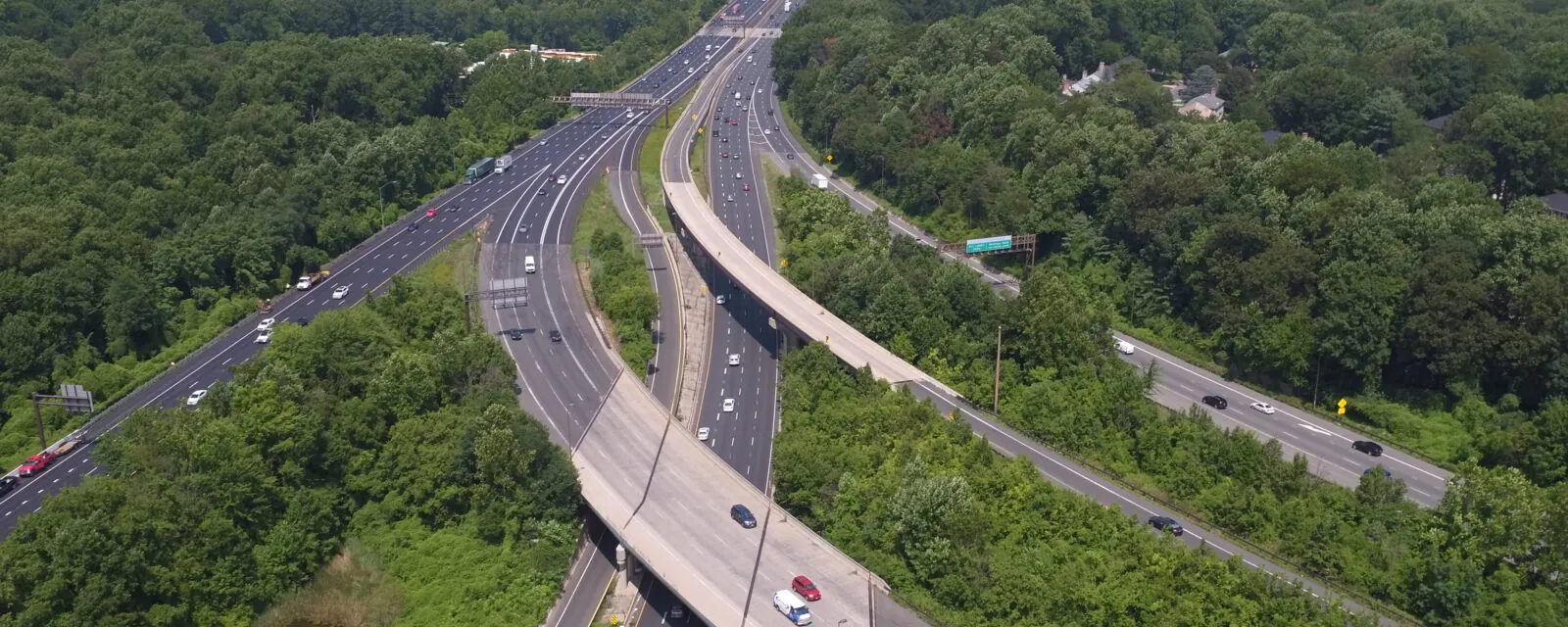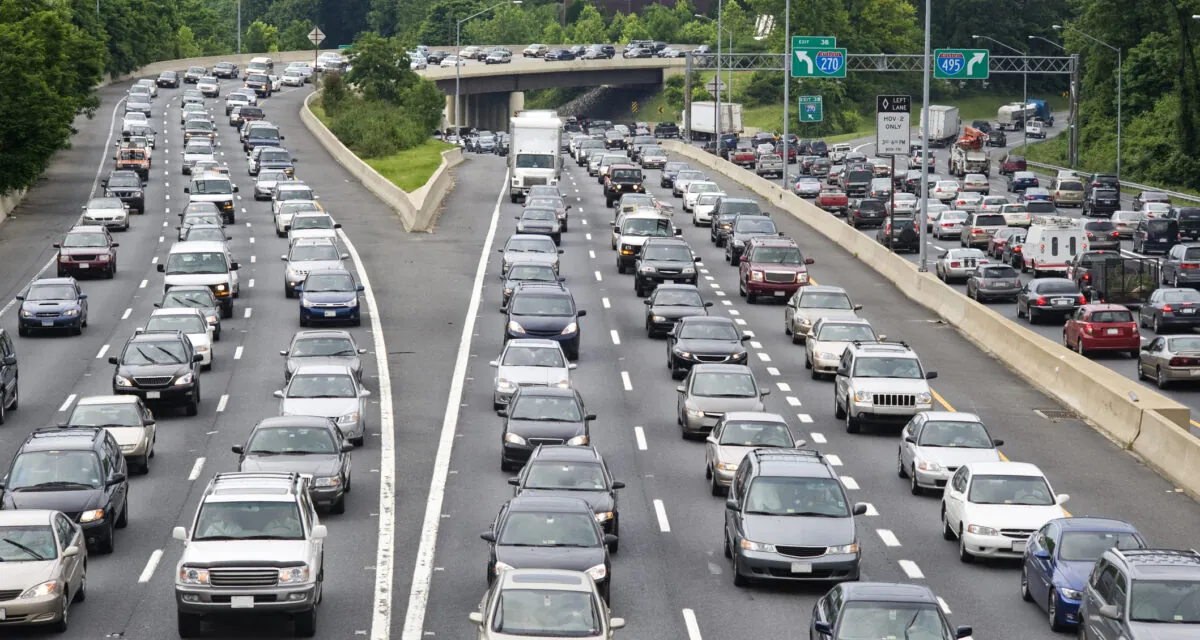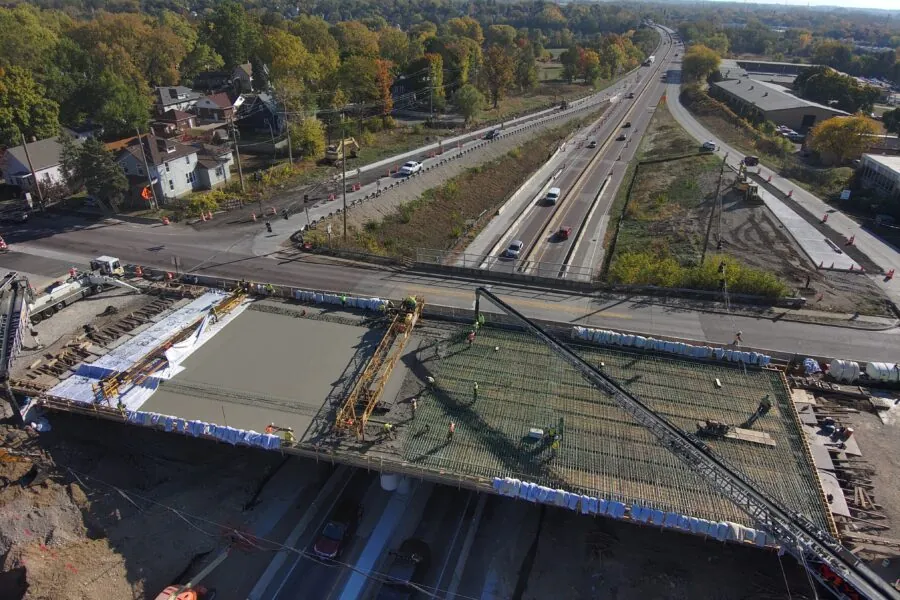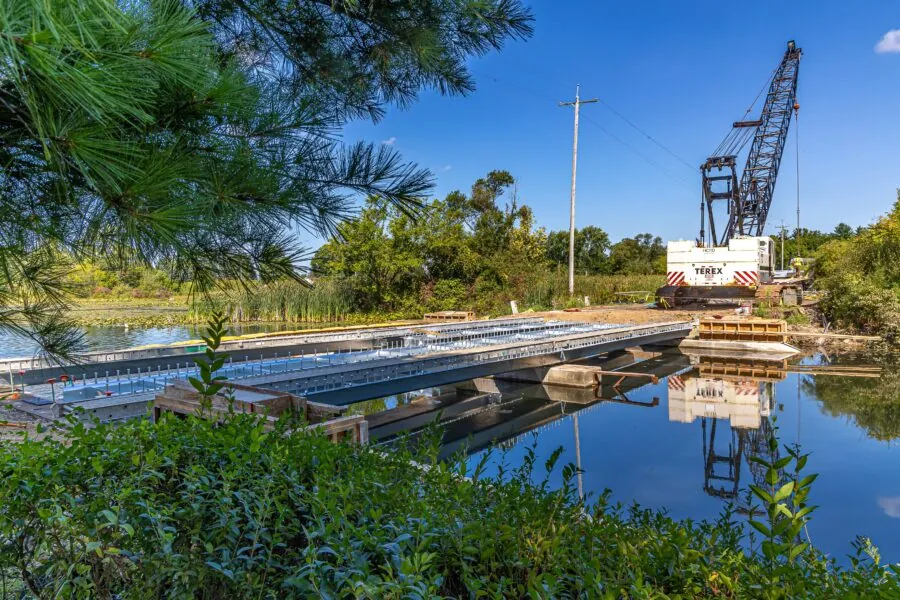
American Legion Bridge and 270 Corridor Program
Project Details
Solutions
Client / Owner
Maryland Department of Transportation
Focus Areas & Services
Location
Southern Maryland (Washington D.C. area)
A plan to reduce traffic congestion for millions in the national capital region
As part of MDOT’s statewide Traffic Relief Plan, the ALB+270 Program (formally called the I-495 and I-270 Public-Private Partnership (P3) Program) is a historical effort led by the Maryland State Highway Administration (SHA) to relieve traffic congestion in the National Capital Region. Preliminary engineering studies are underway and an Environmental Impact Statement, in compliance with the National Environmental Policy Act (NEPA), was completed in August 2022. The Program includes a wide range of proposed improvements to the I-495 and I-270 corridors in Montgomery County, MD, for transit, bike, and pedestrian improvements, along with a regional managed lanes network over the 20 miles of roadway in the Program area.
Owner’s representative providing high-level program management services
As the lead joint-venture partner and owner’s representative, RS&H provides program management, concept development, evaluation and implementation of solicitation methods and segmentation of the improvements, environmental and NEPA support, tolling and T&R oversight, communications initiatives, performance-based technical requirements development, risk-based capital and operations and maintenance cost estimating, and extensive community outreach. RS&H is also responsible for the planning and execution of the design and construction oversight that will be necessary to ensure a successful implementation of the proposed improvements and agreements.
Relying on RS&H’s tolling experts for guidance
From the technical side, RS&H leads all toll-related activities and deliverables through direct coordination with stakeholders, which includes the Maryland Transportation Authority. This effort includes:
- Performance-based technical provisions
- Comprehensive tolling services agreement
- Business rules for tolling operations
- Tolling technical requirements to support new toll operations for the state
- Toll operations approaches for implementation of HOT lanes

Innovative technology to modernize roadway operations
In addition, we provide strategic technical consulting reviews and inputs to candidate technology and operational solutions put forth by proposed vendors, clarifying the unique requirements, constraints, and opportunities for modernization of roadway operations through the implementation of Vehicle-to-Everything (V2X) communication, deployment of advanced sensor systems, and the use of Artificial Intelligence/Machine Learning (AI/ML) applications to improve revenue collection, traffic operations, and safety along the corridors.
Alternative delivery to promote innovative concepts
The overall complexity of the Program combined with the need to achieve each of the Program goals to improve traffic flow and provide multiple transportation mode options, address budget requirements, promote innovative concepts to reduce the environmental and residential impacts, and facilitate the completion of environmental commitments as part of the NEPA decision. RS&H is working in concert with MDOT and SHA leadership to define the scope of the improvements and determine how the Program may be properly phased to achieve Maryland’s Program goals. The Program will utilize a competitive solicitation method for a phased approach, including design-build and progressive design-build delivery models.
Future program phases
RS&H is working with Maryland SHA and the Federal Highway Administration (FHWA) to develop a tiered approach to conducting a NEPA study to analyze transportation improvements for the next phase of the Program, from I-270 from I-370 in Montgomery County to I-70 in Frederick County, an approximately 20-mile-long corridor just north of the ALB+270 project. A tiered NEPA process is being proposed to identify short and long-term concepts to address transportation needs in this corridor. The range of potential concepts would support equitable, environmentally sensitive, and multi-modal improvements. This process will facilitate consensus building and decision making on multimodal concepts at a corridor level so that individual projects can be implemented efficiently, and funding can be programmed effectively.



